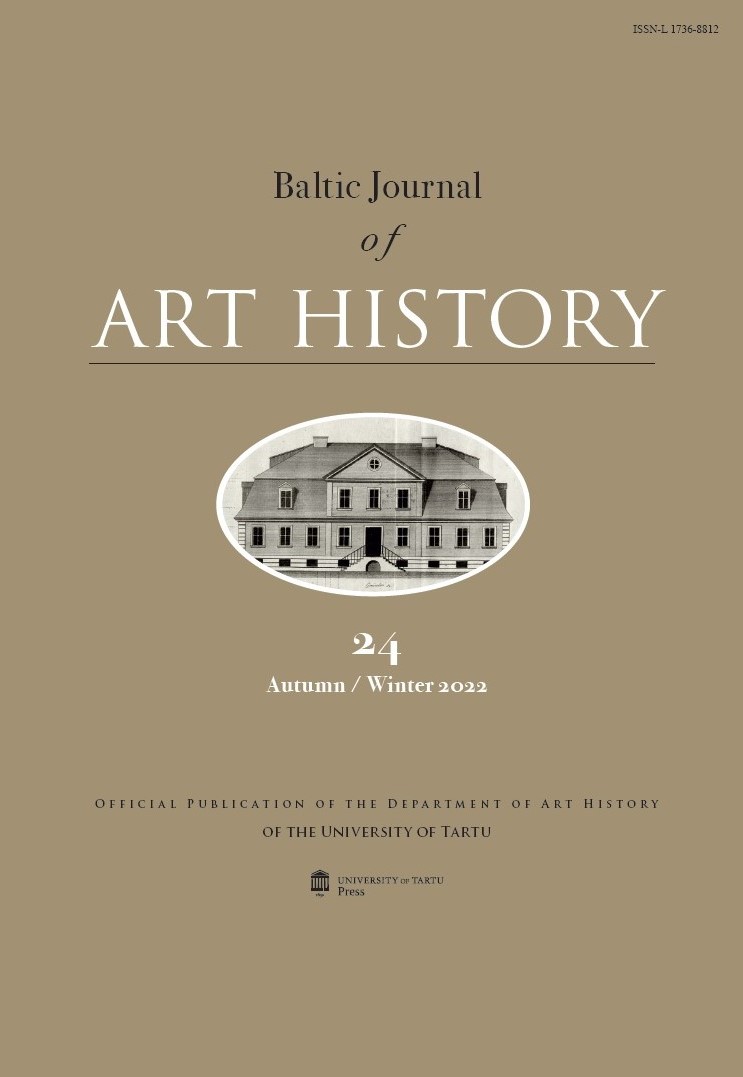Saint Dymphna by Goossen van der Weyden – An Up-to-date Princess
DOI:
https://doi.org/10.12697/BJAH.2022.24.06Keywords:
Habsburg Netherlands, Margaret of Austria, Netherlandish art, material culture studies, late medieval dress, late medieval textilesAbstract
In 2020, two major exhibitions brought to Tallinn by the Phoebus
Foundation, the largest private art collection in Belgium, opened at
the Art Museum of Estonia. While the exhibition at the Kadriorg
Art Museum exhibited numerous works from the Golden Age of the
Flemish painting, the exhibition at the Niguliste Museum made the
Dymphna altarpiece from the Goossen van der Weyden workshop
(ca 1505) its focus. The altarpiece was dismantled in the 19th century
after which the panel depicting the decapitation of Dymphna was lost.
The exhibition was accompanied by a monograph reflecting on the
major topics connected to the Dymphna altarpiece and presenting
the results of the conservation work carried out between 2017 and
2020. One of the aspects the book considers is the material culture
represented in the Dymphna altarpiece.
The clothing and textiles of the protagonists receive special attention
in the monograph, for example when questions such as if the garments
worn by the princess and the king are fashionable or out of date
are raised. This article explores this question taking the portraits
of Habsburg and Castilian princesses painted in around 1500 and
not used for comparison in the monograph as its point of departure.
In this paper I propose, that the clothing and accessories of
princess Dymphna are modelled on the image of contemporary
Habsburg-Castilian princesses, and that such modelling has political
implications. The role of Antwerp as a merchant city must also not
be forgotten in this context, as the appearance of luxury objects in an
artwork is in direct correlation with the city’s milieu of merchandise,
luxury production, and the marketing of the city.

